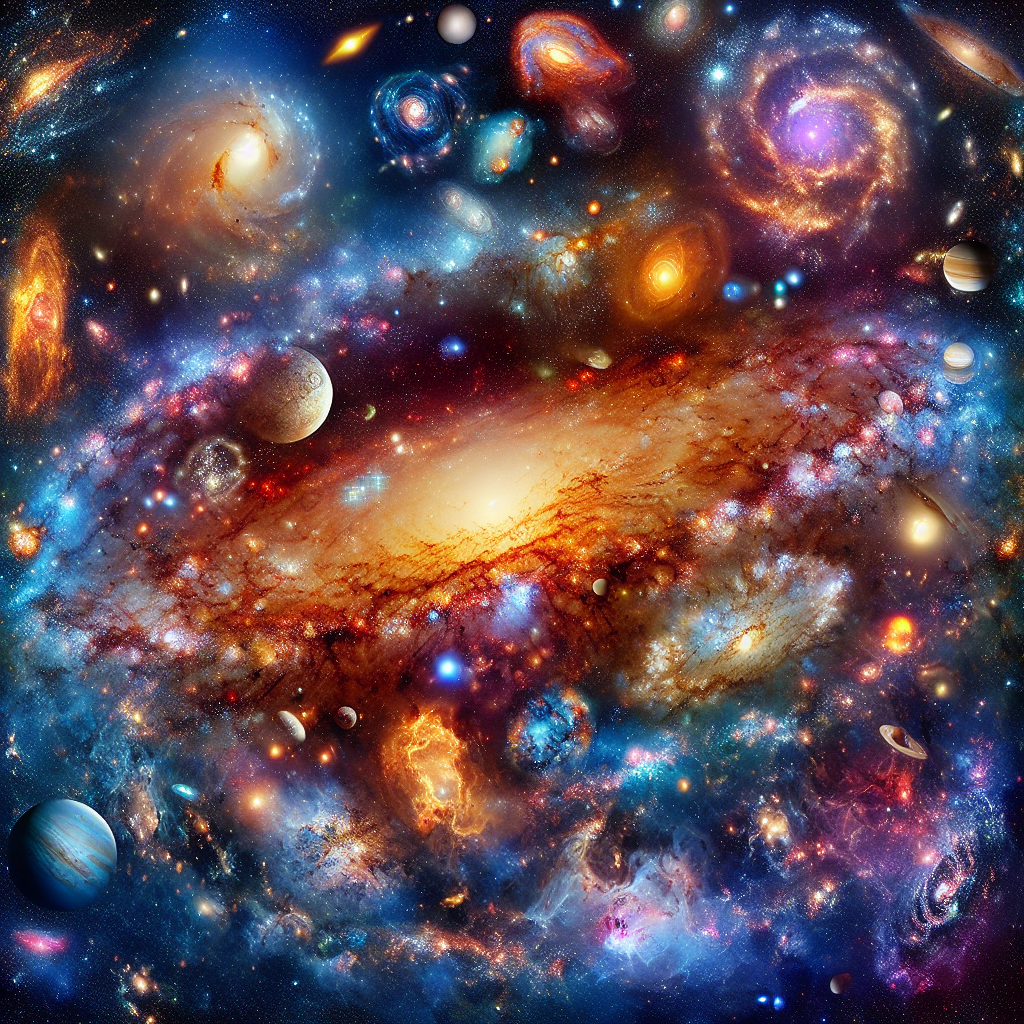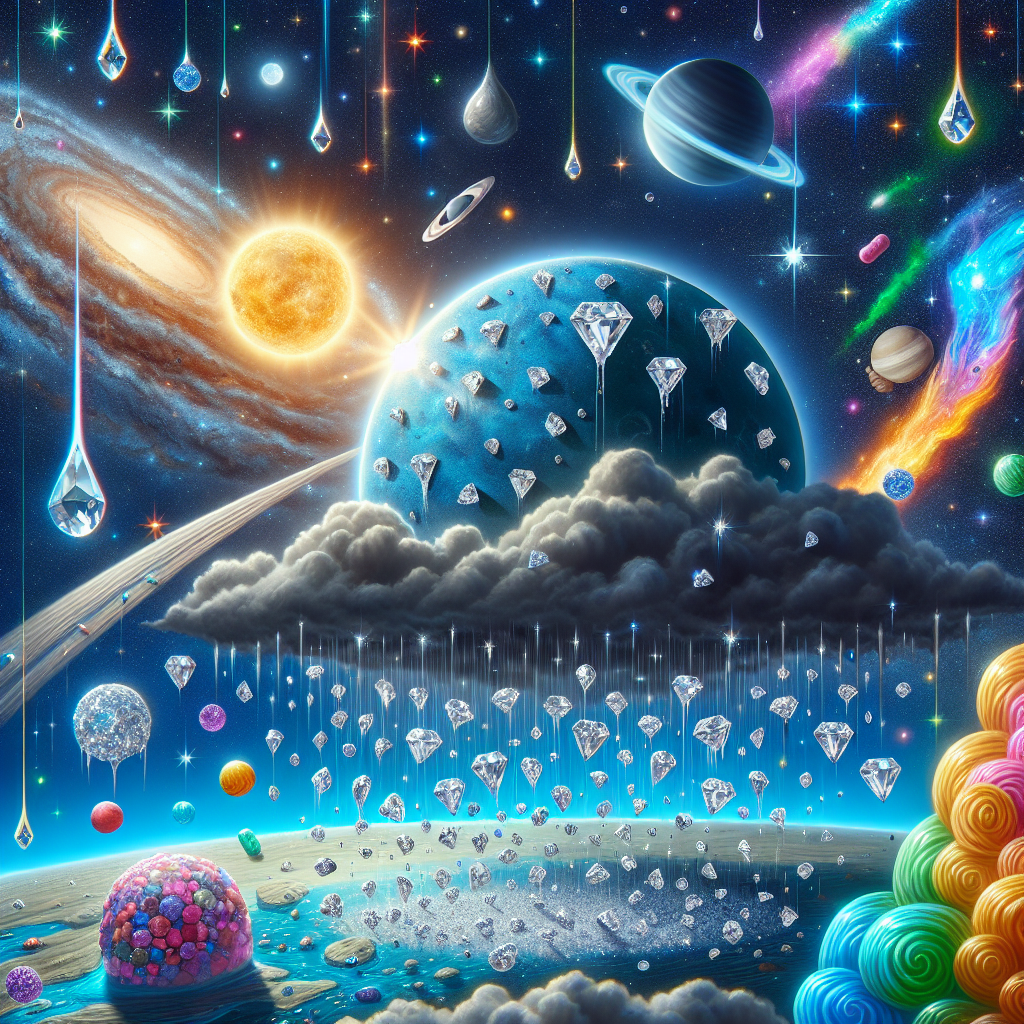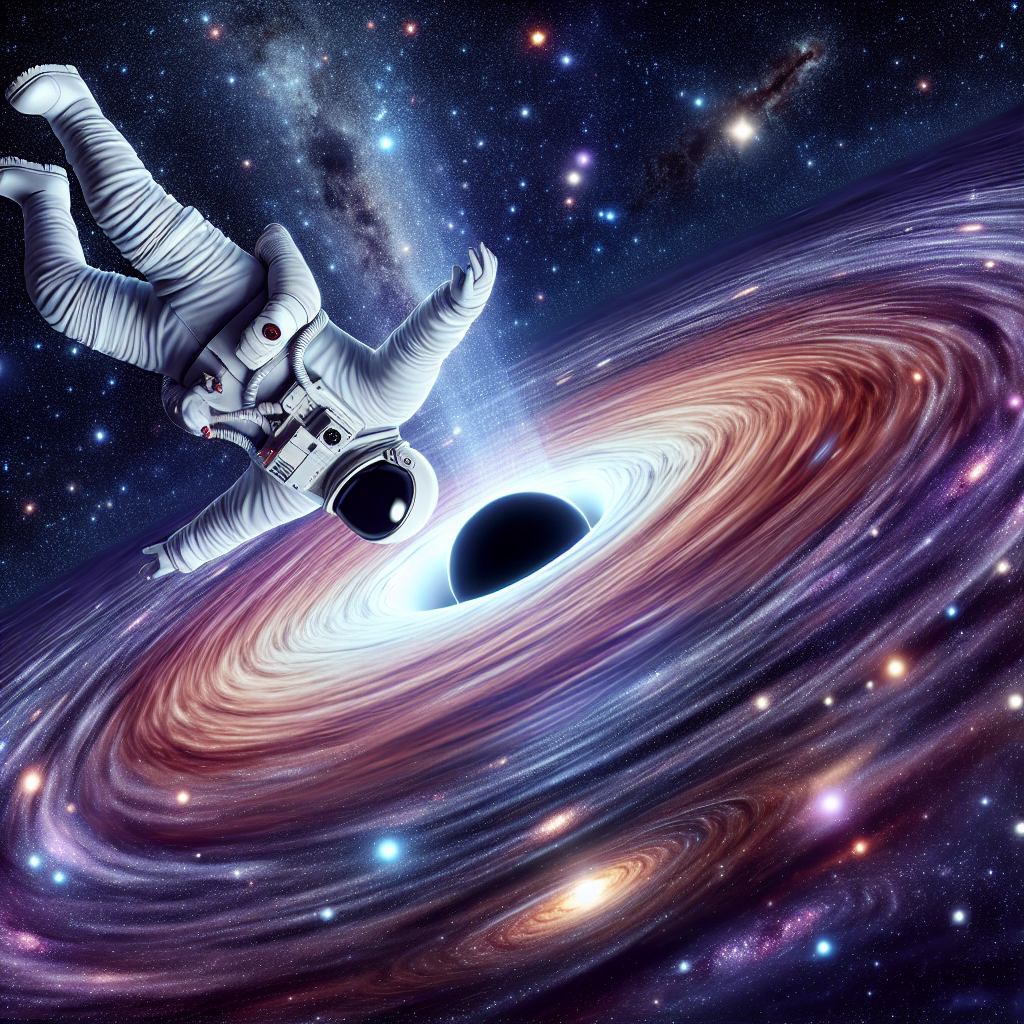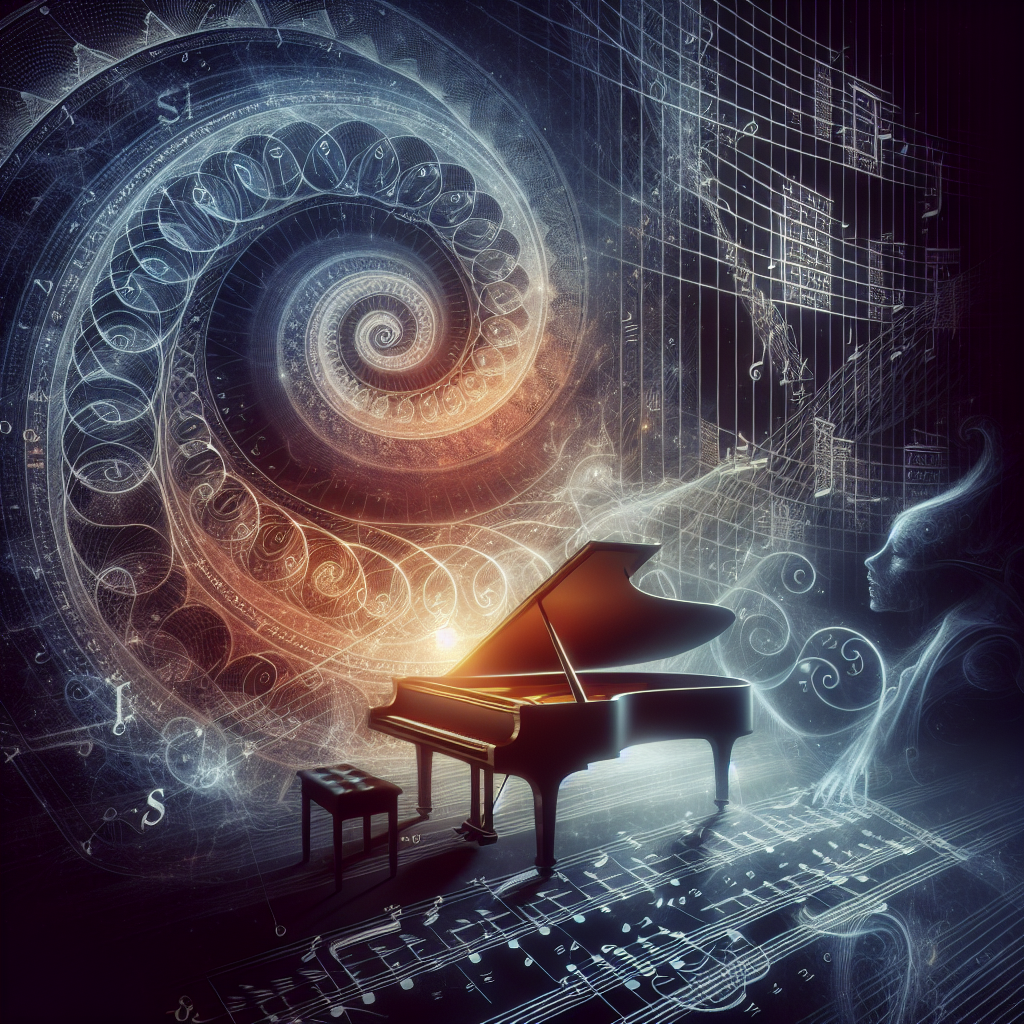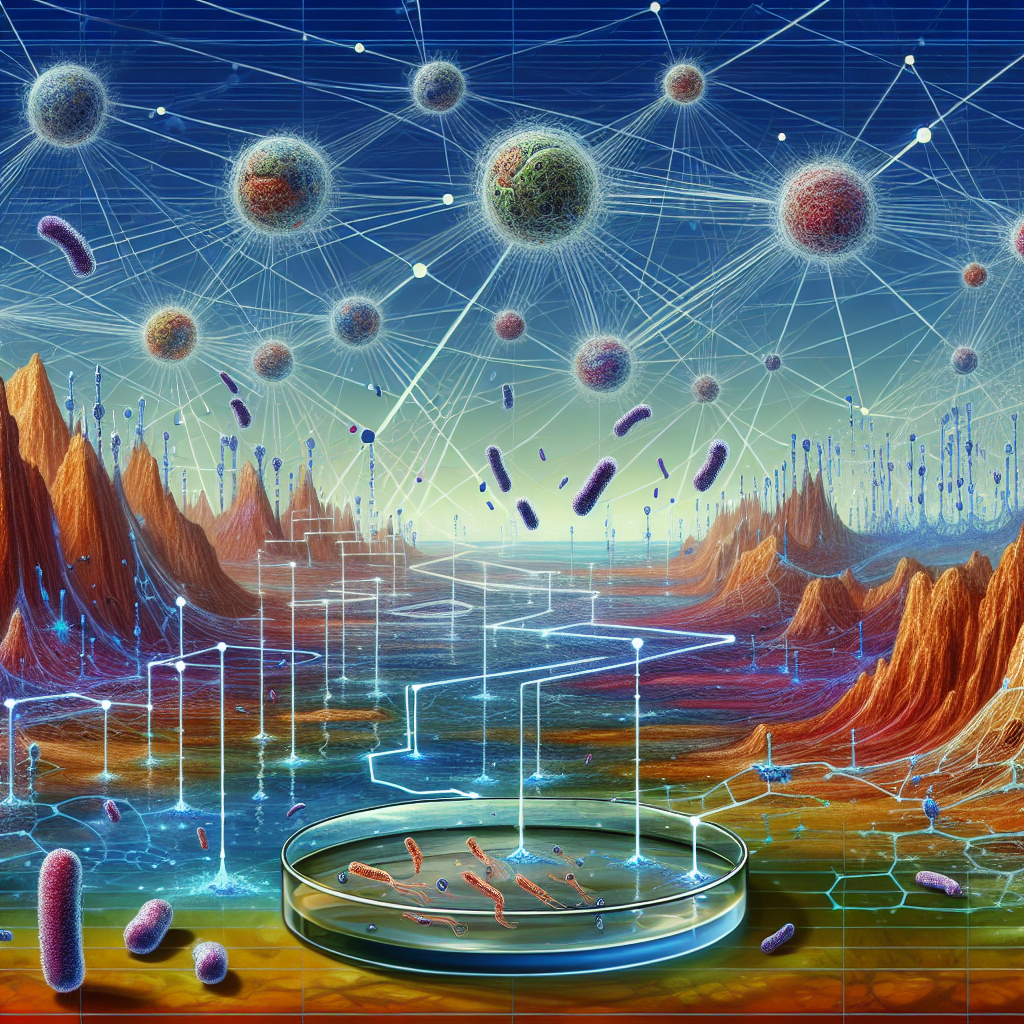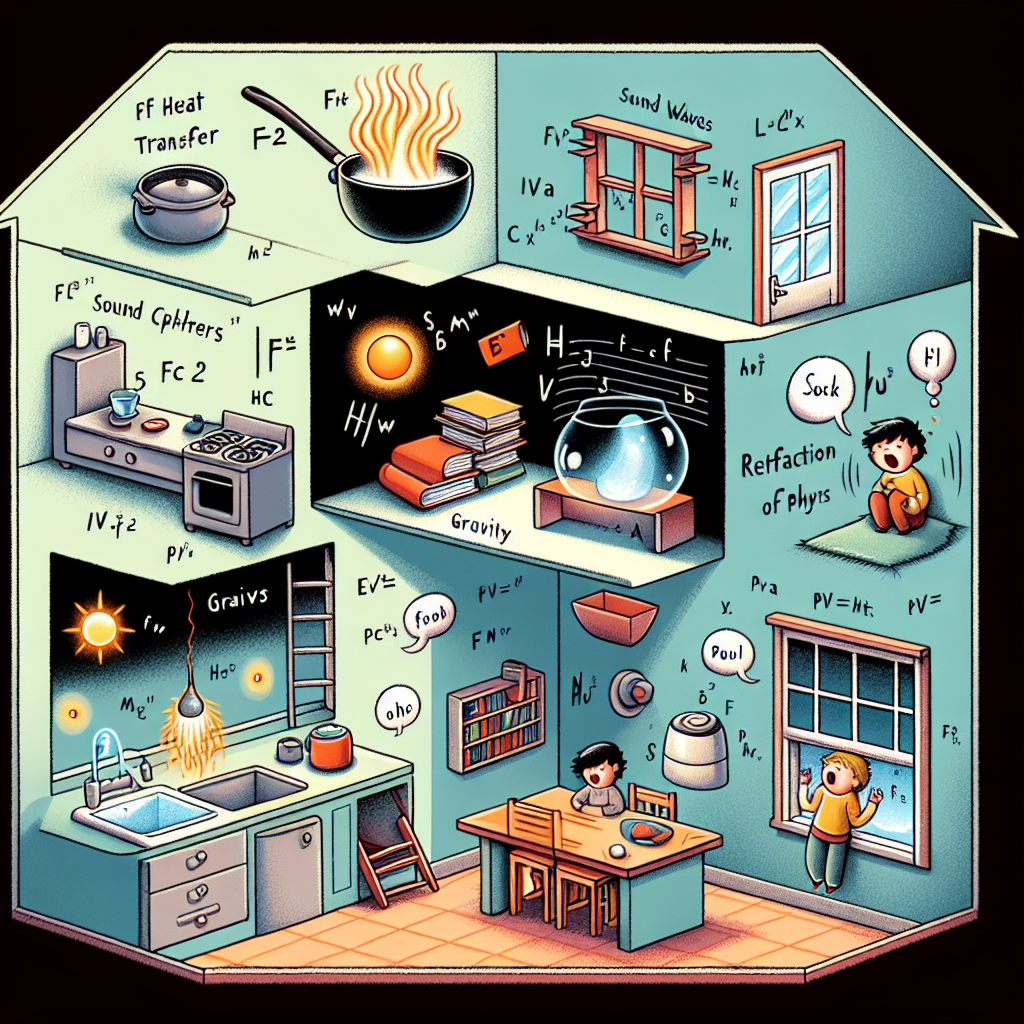When we gaze up at the night sky, we imagine a vast black canvas scattered with pinpricks of white light. But this common picture is a cosmic illusion. According to NASA, the universe is anything but black and white — it’s an explosion of color, much of it invisible to human eyes. The real colors of the universe are revealed only through the sophisticated eyes of space telescopes that can detect light across the electromagnetic spectrum. What we see, it turns out, is just a small slice of a much richer, more vibrant cosmic reality.
The light that reaches our eyes belongs to a narrow band known as “visible light,” ranging from violet to red. Yet most of the universe’s light exists beyond this range — in the ultraviolet, infrared, X-ray, and radio wavelengths. NASA’s telescopes, like Hubble, Chandra, and Spitzer, are designed to detect these invisible forms of radiation, translating them into colors we can perceive. This process is called “false color imaging,” but don’t be misled by the name — it’s not about deception. Instead, it’s a way to help our limited human vision grasp the full complexity of space.
For instance, when Hubble captures a nebula, the colors we see in the final image often represent different elements: green might show the glow of oxygen, red the presence of sulfur, and blue the light of hydrogen. These colors aren’t random artistic choices — they’re scientifically mapped to reveal the composition and energy levels of the gases. What looks like a psychedelic painting is actually a coded message about the chemistry of creation.
NASA scientists have even calculated the “average color” of the universe — a beige hue whimsically dubbed “cosmic latte.” In 2002, astronomers Karl Glazebrook and Ivan Baldry analyzed the light from more than 200,000 galaxies to determine this average shade. The result wasn’t the deep black most would expect, but a faint, warm off-white — the sum of all the starlight ever emitted. It’s a reminder that, while space may appear dark, it’s actually flooded with light that our eyes simply cannot detect.
Infrared astronomy, for example, reveals the universe’s hidden heat. The Spitzer Space Telescope showed us glowing red dust clouds where stars are born — regions entirely invisible in optical light. Ultraviolet telescopes, on the other hand, uncover the youngest, hottest stars blazing in brilliant blue and violet. The Chandra X-ray Observatory peers into even higher energies, showing the violent purple and pink remnants of supernova explosions or the fierce radiation streaming from black holes.
Even our own Sun, which appears bright yellow to us, is actually white when viewed from space — its light contains all visible wavelengths blended together. Earth’s atmosphere scatters shorter (blue) wavelengths more than longer (red) ones, tinting the Sun yellow or orange from the ground. The same scattering makes our sky appear blue — a color that would vanish entirely if you were to leave the planet.
Interestingly, the human brain plays a huge role in how we perceive space colors. Many astronomical images are color-enhanced to emphasize scientific data, but they’re also designed to help people intuitively understand structure and energy. The more intense the color contrast, the easier it becomes to see how matter and light interact across vast distances. So when you look at those breathtaking NASA images of galaxies and nebulas, you’re not seeing fantasy — you’re seeing data turned into art.
Ultimately, the real colors of the universe tell a story of hidden energy and constant transformation. From the cool red of dying stars to the blinding blue of newborn ones, the cosmos is a dynamic tapestry woven from every frequency of light. NASA’s eyes in space let us glimpse that invisible symphony — and remind us that even the emptiest stretches of darkness are filled with color beyond imagination.
